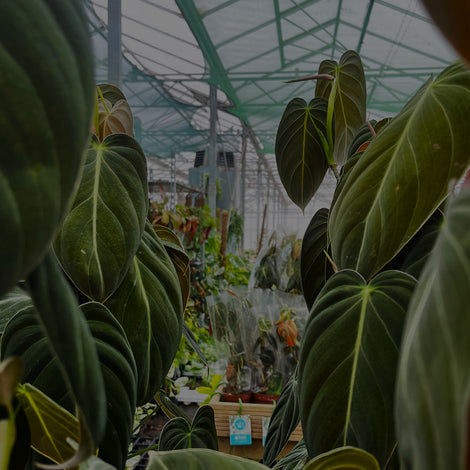A guide to the best Bonsai plant soil
Bonsai plants require a special type of soil that is designed to provide adequate drainage, aeration, and nutrition. The soil should be able to hold water while allowing excess water to drain away, preventing the roots from becoming waterlogged. Here is a detailed guide to the best Bonsai plant soil:
-
Inorganic soil components: Bonsai soil should contain inorganic soil components, such as grit, sand, or gravel. These materials provide drainage and prevent the soil from becoming compacted. Inorganic components also help to maintain soil structure over time.
-
Organic soil components: Bonsai soil should also contain organic soil components, such as peat moss or bark. These materials provide nutrients and retain moisture. Organic components also help to break down in the soil over time, providing a slow release of nutrients to the plant.
-
Particle size: The soil components should be of varying particle size to provide adequate drainage and aeration. The particles should be small enough to retain moisture, but large enough to prevent the soil from becoming compacted. A good soil mix should contain a balance of small, medium, and large particles.
-
pH level: Bonsai soil should have a pH level between 6.0 and 7.5. This range provides the optimal pH level for most Bonsai plants. A soil pH that is too high or too low can affect the plant's ability to absorb nutrients from the soil.
-
Sterilization: Bonsai soil should be sterilized before use to prevent the growth of harmful bacteria and fungi. You can sterilize the soil by baking it in an oven at 200 degrees Fahrenheit for 30 minutes. Sterilization is especially important if you are using soil from your garden or from an unknown source.
-
Pre-mixed soil: You can purchase pre-mixed Bonsai soil from garden centers or online. These soils are specifically designed for Bonsai plants and contain the proper ratio of inorganic and organic soil components. Pre-mixed soils can be convenient and save time, but they can also be more expensive than creating your own soil mix.
-
Soil amendments: You can add soil amendments, such as perlite or vermiculite, to improve the soil's drainage and aeration. These materials can also help to prevent the soil from becoming compacted. You can also add compost or other organic fertilizers to provide additional nutrients to the soil.
It's important to note that different types of Bonsai plants may have slightly different soil requirements. Research your specific plant's soil needs before creating a soil mix. Also, it's important to monitor your Bonsai plant's soil moisture level and adjust watering as needed. Overwatering or underwatering can lead to root rot or other issues. Proper soil care is essential for the health and growth of your Bonsai plant.





















Leave a comment
Please note, comments need to be approved before they are published.